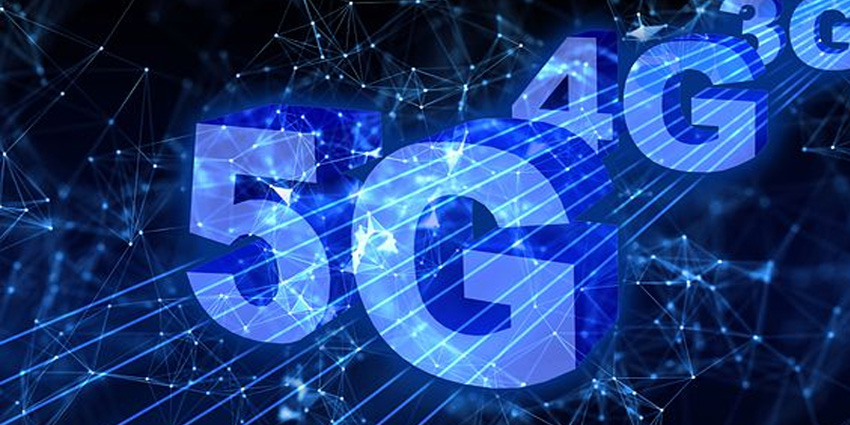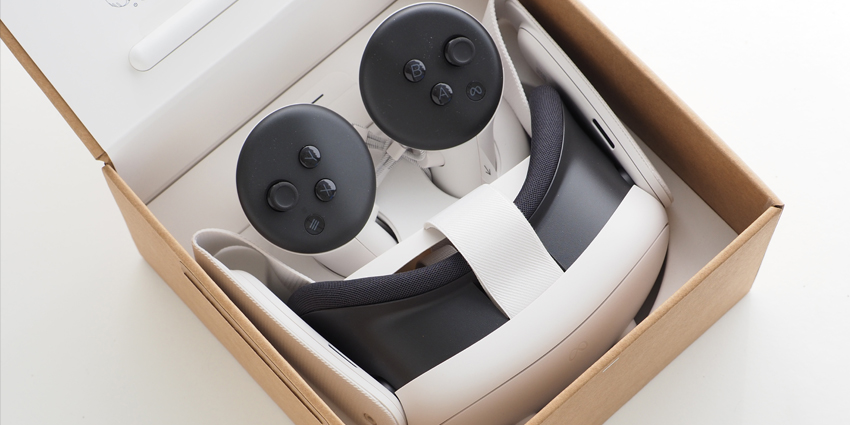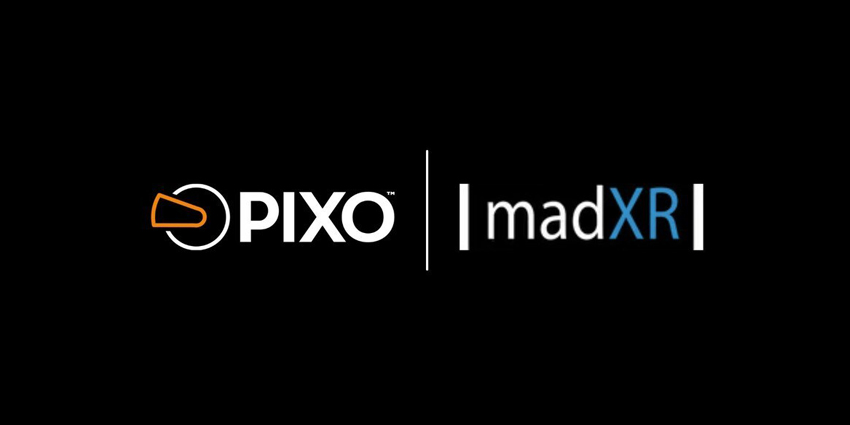The rising demand for enterprise-grade extended reality (XR) solutions and hardware is leading telecommunication firms to develop 5G infrastructures to power big data streaming.
Businesses are implementing more virtual, augmented, and mixed reality (AR/VR/MR) technology into their onsite, remote, or hybrid office infrastructure. User demand for 5G mobile networks supporting these tools will naturally skyrocket as immersive find home in enterprise structures.
But what exactly is it that makes 5G so important? Why is it a crucial tool for future-proofing business operations? How can 5G assist clients in securing a digital transformation?
5G Means Faster XR Streaming Speeds
5G offers the solution for giving prominent decision-makers and business leaders access to instant communication and collaboration opportunities.
With platforms like VR meeting applications and AR remote guidance solutions, small form factor immersive wearables need to stream high-quality RT3D content without impeding a device’s weight or mobility.
Unlike standard video conferencing platforms and 2D collaboration applications, XR immersive collaboration software requires more streaming power than 4G can offer. Without fast networking speeds to support XR, business leaders can’t achieve a total return on their XR investments.
Poor connectivity can significantly reduce the impact of any digital communication platform. Lagging video and disconnected video feeds can ruin the flow of a meeting. Therefore, lag can create confusion over critical business information and operations.
However, as the 5G network starts to mature, moving away from its current dependency on 4G infrastructure. Many hurdles exist for telecommunications firms to establish 5G infrastructures for XR and other technology use cases.
Lower Latency
An advantage of 5G technology is its fast low latency rate when users send information to one another. A 4G network may cause performance lag for consumer services. For consumers, poor networks can interrupt calls between family or streaming media.
Poor connectivity can also cause problems at an enterprise level. Especially in a post-COVID environment, today, more businesses are increasingly reliant on remote communication applications.
Ensuring business-critical information and meetings run without interruption is essential for running a remote operation successfully. Additionally, with the rise of XR collaboration solutions, 5G will become a vital tool in securing the transfer of RT3D data.
Organizations investing in XR technology must first consider the strength of their existing network infrastructure to determine if it’s capable of supporting their goals. For instance, while 4G can greatly minimize lag during VoIP calls or video conferencing, RT3D requires more powerful connectivity infrastructures.
With 5G, however, lower latency rates offer greater flexibility and support for these new technologies. As well as reducing lag and keeping disruption to a minimum, the higher speeds provided by 5G ensure a faster ROI for business leaders by increasing the functionality of their XR tech from day one.
Wider Availability
Investing in VR, AR, or MR solutions to improve remote collaboration can provide massive value to a company. But only if each employee or user can implement it properly. Companies must also introduce proper XR training and onboarding sessions to familiarise workers with immersive hardware.
Breaking just one link in the chain can significantly reduce the overall value of an XR-driven remote working strategy, and 4G is unreliable. Although, 5G networks can bring a reliable connection between partners.
However, while 4G can support approximately 4,000 devices per square kilometre, 5G will support over 1,000,000,000 within that same space. This widespread availability of high-speed network coverage gives remote workers the power to leverage XR anywhere, anytime.
As more and more XR and smartphone technology integrate 5G components, the network’s place in the future of work is slowly forming.
While the world has yet to see the full capabilities of 5G and XR. Both technologies will play vital roles in moulding the future of work.
What more can we expect from enterprise XR & 5G in the future?
For example, researchers in China continue to tap into 5G networks. The region is building roughly 1.85 million 5G base stations across 450 million end users, totalling 60 percent of the world’s total 5G usage.
The move also considers XR technology; Chinese researchers designed the 5G network to support AR/VR/MR solutions across vertical use cases. Thanks to the new networks, regional healthcare partners use 5G-ready XR headsets to perform cancer operations.
In Europe, the EVOLVED-5G project aims to boost 5G connectivity in the region. The project, started in January 2022, is building an ecosystem of locally integrated XR applications called NetApp.
The service looks to boost European goals in open-source 5G solutions for vertical industries. Moreover, telecommunications firm Orange is increasing 5G and 4G connectivity in France in partnership with smart glasses manufacturer Nreal.
Orange worked with the immersive hardware firm to stream an augmented Tour de France broadcast that leverages purpose-built 5G networks to stream RT3D data, live metrics, and video.
By offering faster speeds, wider availability, and lower latency rates, 5G opens up many opportunities. Businesses can leverage 5G to experiment, collaborate, and scale business operations.
Meanwhile, the arrival of 5G will attract floods of XR developers into the enterprise space. More developers working in XR will lead to ground-breaking innovations we can barely comprehend at this moment in time.






